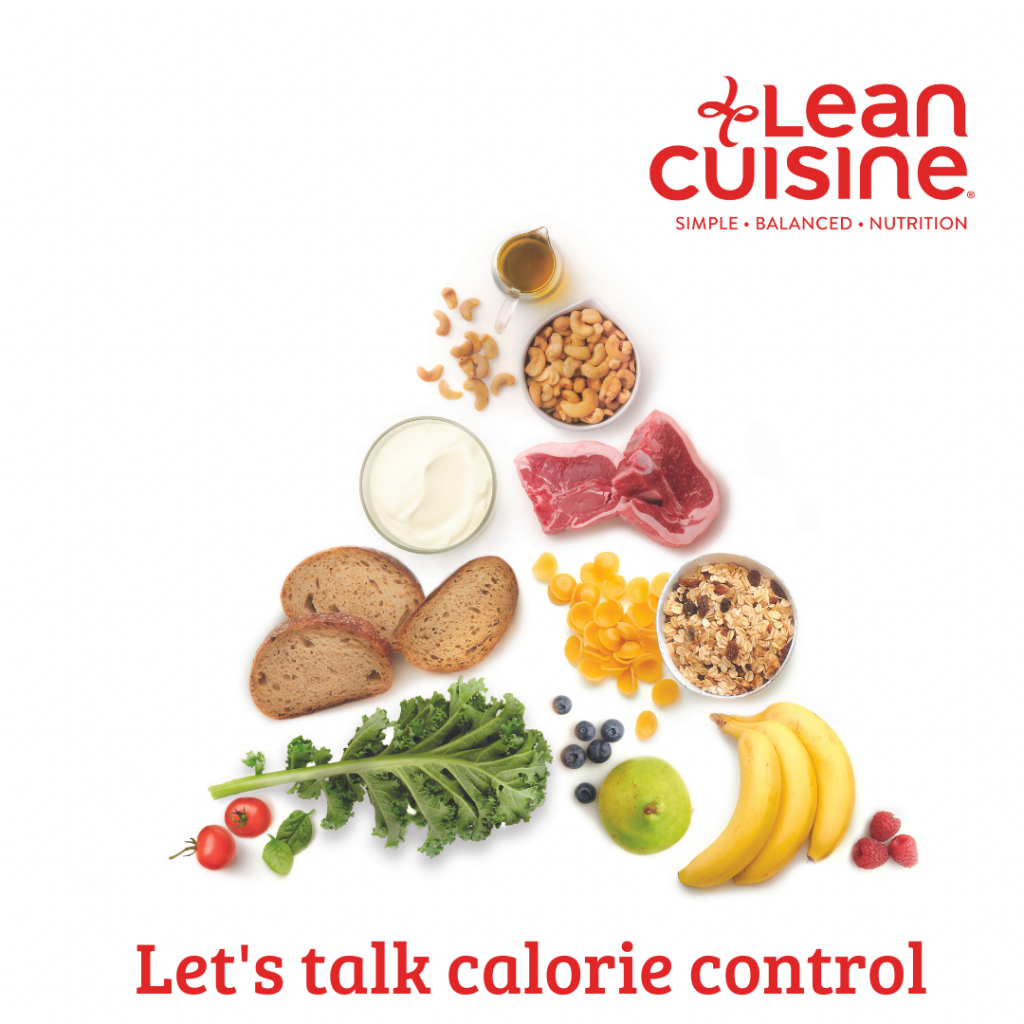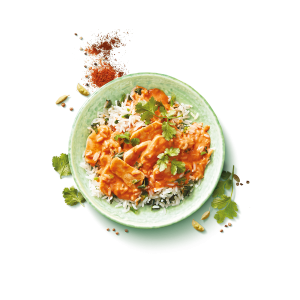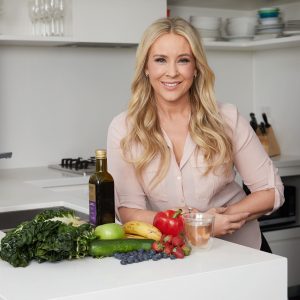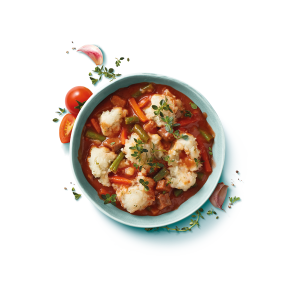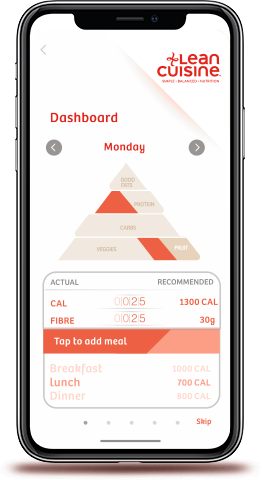Calories are tricky. At times we are told we should count them. At others that they are not important and that it is more important to eat according to hunger and fullness rather than according to calories. It may surprise you to hear that the calculation of calories is not an exact science, and as such, rigid counting and recording not overly effective. On the other hand, what is useful is a broad understanding of how many calories we need to consume each day, and in turn how many calories can be found in our daily foods of choice. Here, making smart choices in terms of how you use your calories will support weight control, and we can also learn how we can buffer the times when our calorie intake blows out thanks to celebratory meals, treats and a few too many drinks.
The average adult will burn between 1000 and 1800 calories a day as a baseline as well as extra calories that are burnt during exercise and movement, which can increase the calories burnt up to 1200/1400 -2000 or even higher for larger, active males. If fat loss is then a goal, a calorie deficit of 300-500 can be applied to achieve sustainable weight losses of ½ – 1kg a week. It should also be stated that that consuming fewer and fewer calories is not better, as overall calorie intake that falls below basal metabolic rate, or lower than 1000-1200 calories per day, is too low for most people and will slow down metabolism and halt weight loss.
When we break down this down these daily calories into individual meals, assuming the average person eats 3 meals a day along with 1-2 snacks, roughly we need 300-400 calories per meal and 100-200 calories per snack. Here, if you are aiming for weight loss and eating between 1200-1400 calories and enjoying a breakfast of toast and eggs (300cal), a salad with protein for lunch (300cal), meat and veggie for dinner (400cal), you are left with 200-400 calories for snacks.
While this may seem quite simple, in reality our calorie intake gets blown out when we indulge in treats or buy our meals away from the home from cafes or restaurants. Here meals can be up to double the calories of similar meals we consume at home thanks to the liberal use of sauces, dressings, oil and fattier cuts of meat. For example, if we compare a classic Caesar salad to a Lean Cuisine Nutri Bowl lunch you will see the vast difference in both calories and protein and fat amounts.
Lean Cuisine
Mediterranean Chicken Vegetable & Quinoa Bowl (280g) Chicken Caesar Salad (280g)
235cal 380cal
10g protein 7g
3g fat 26g
40g carbs 30g
What this means in real life is that if we want to enjoy special occasions and some more indulgent meals each week, keeping our calorie intake controlled on other days of the week is a great way to strike a calorie balance and support weight control. This means that nutritionally balanced, calorie-controlled options we have designed for the Lean Cuisine range for perfectly into a healthy, balanced lifestyle. With a wide variety of healthy, veggie and protein rich meals to choose from, no matter how busy you are you will have access to tasty, nutritionally balanced options that support your health and weight related goals.

